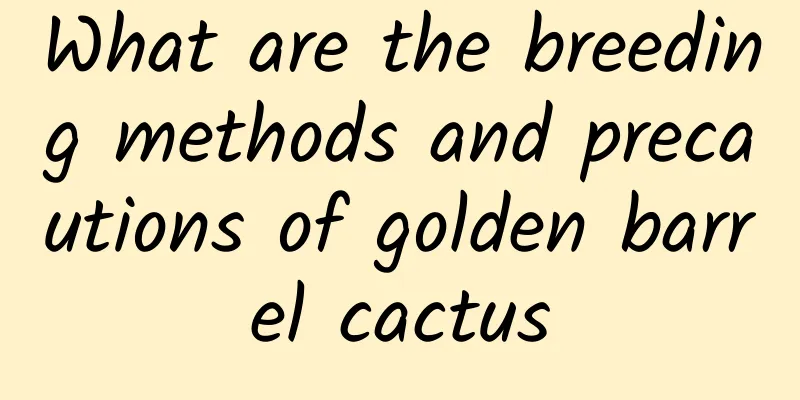Root Types for Pot Plants

Dew rootExposed roots are also called lifted roots, which means raising a part of the thick and lush lateral roots on the upper part of the root system out of the soil surface. The purpose is to show its age and simplicity, and to expose part of the roots to show the beauty of its posture. The method is as follows: Lifting methodAlso known as the repotting method, this method is combined with repotting. The roots are planted a little bit upwards year by year, and then part of the soil is washed away with water, gradually exposing the upper roots to the soil surface. When necessary, the exposed roots should be processed according to the requirements of the picture. If the roots are too dense or redundant, they should be removed, or the distribution of coarse roots should be appropriately adjusted. Saponin methodPlant the trees in deeper pots, fill the lower part with fertile soil and the upper part with river sand, lead the plant's absorbing roots into the lower part, then gradually remove the river sand in the upper part year by year to expose the thick part of the main lateral roots, then move them into ordinary pots, and the upper roots will be exposed. Root preparation is the same as above. Add-on methodThis method is suitable for when the height of the flower pot is not enough. Tiles or other materials, such as thin wooden boards or plastic sheets, can be placed around the upper part of the flower pot to raise the height of the flower pot. When planting trees, fill with soil or fill the lower part with soil and the upper part with river sand. When the trees absorb roots and extend to the bottom, gradually remove the upper soil or river sand, and take down tiles and other objects to expose the upper roots. The method of removing the sets created by Shanghai bonsai is the same. Other methodsAir rootingBanyan trees and other tree species that are prone to aerial roots can be artificially induced to grow aerial roots. The method is to first tie a circle with metal wire at the part of the branch where you want the aerial roots to appear, thereby cutting off the channel for the plant to transport nutrients downward. Allow nutrients to gather here. Then tie a gauze strip outside the metal ring and let it hang down to the surface of the pot. Then put a bowl of clean water on the surface of the pot and immerse one end of the gauze in the water. The water will seep upward through the sand surface to the metal ring, creating a very humid environment, which will encourage the occurrence of drooping aerial roots there. Also, please note that the metal ring must be cut off in time before it sinks into the bark to avoid it sinking into the bark and affecting the growth and appearance of the tree. RootWhen shaping young trees, cut off the taproot to encourage the growth of lateral roots and allow them to extend laterally to adapt to cultivation in shallower pots. If the tree is larger and has thicker roots, you can fix the roots with wire, and determine the shape according to the shape of the pot, and plant it in a shallower pot. The roots can also be spread out horizontally, laid on a long wooden board, and fixed, then planted into the soil together with the board, so that the roots stretch horizontally. The roots cultivated by this method are suitable for planting in shallow pots that are only 1 to 2 cm deep. This method is also used in Shanghai style bonsai. Attached StoneAttaching to stones means attaching the roots of trees to the cracks in stones, or penetrating the roots into the holes in stones, forming a form in which the trees grow around the stones and pass through the stones, which is called the "stone-attached style". When shaping, choose good plant materials and stones. The plant materials should have well-developed and slender lateral roots. The stone should have a good shape, a certain momentum, good texture, and many cracks and holes. Fix the roots of the trees in the cracks or bury them in the soil through holes, and then use the root lifting method to gradually expose the roots of the stone-attached part together with the stone to the surface of the soil. Planting it in a suitable pot will form a rock bonsai.
|
<<: How to promote asparagus fern seeding
>>: Notes on flower cultivation: flower care
Recommend
Diseases of pear trees and their prevention and treatment
Pear tree diseases: rot The disease mainly harms ...
Can dianthus be planted in the ground?
Can dianthus be planted in the ground? Dianthus c...
How to propagate dianthus and what to pay attention to
How to reproduce dianthus There are three common ...
What to do if leeks don’t grow roots when grown with manure (newly planted leeks have slow root growth)
Chives are a fertilizer-loving vegetable. Whether...
What is the best fertilizer for Ping An bamboo?
Fertilization time for peace bamboo During the gr...
Is Clivia easy to grow? How to grow Clivia
1. Is it easy to raise? Clivia grows best in a wa...
The most beautiful sunflower variety
1. Single-petal butterfly sunflower The single-pe...
How to plant persimmon trees
How to plant a persimmon tree: In fact, the metho...
The reason why your daffodils are not fragrant
1. Buying inferior flower heads There are many da...
Tomato planting technology and management methods
Tomatoes are an output that everyone is familiar ...
How long is the growth cycle of camphor tree?
Camphor tree growth introduction Camphor trees ge...
How to manage orchids during the budding period
1. Reduce watering When the orchid sprouts, you c...
How often should I water the Boston fern?
How often should I water the Boston fern? When wa...
How to water Kalanchoe in winter
1. Water volume As winter approaches, the growth ...
How to Plant Dogwood Seeds
1. Seed selection Generally, we will choose some ...









